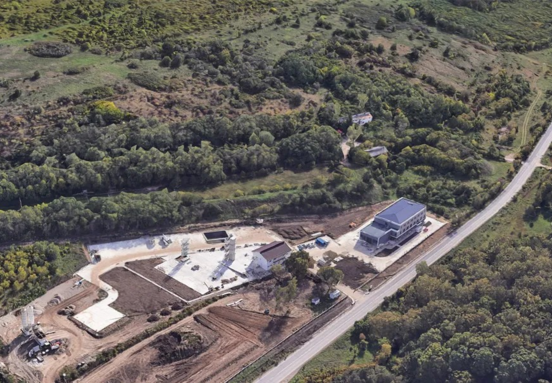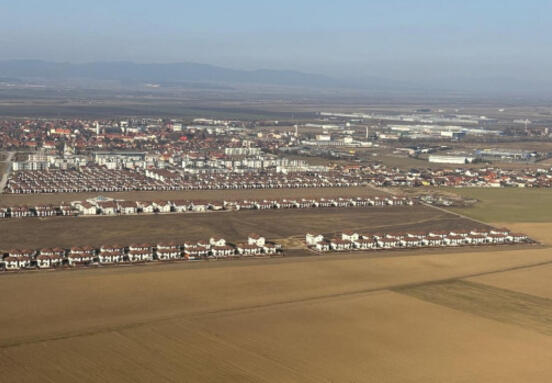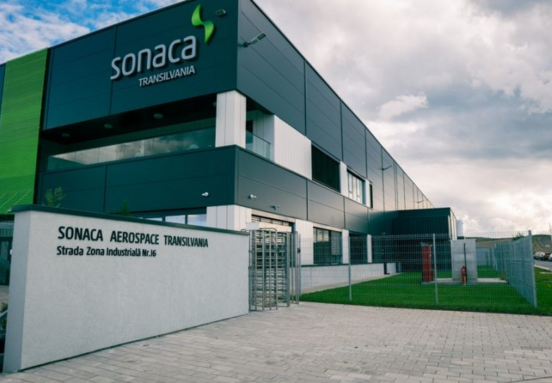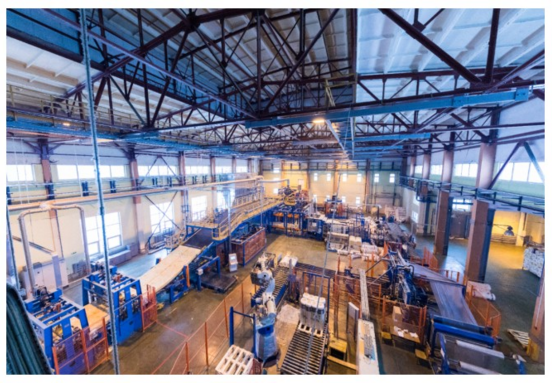Automobile Dacia has an installed capacity of 350,000 cars per year and produced a number of 342,620 units in 2013, according to Constantin Stroe.
There is the need for legislative predictability, economic stability and a friendly business milieu to enable the emergence of a new player in the segment of automobiles production, said Stroe, also holding the position of president of the Association of Romanian Car Manufacturers (ACAROM). As for the programme for motorway construction, the relevant companies request the authorities to take the strategic decisions based on arguments, one of the indicators regarding the daily traffic registered on the routes selected for the investment, Stroe added. He refused to give further details as regards the future releases of Dacia. The turnover of the automotive industry rose by 20 per cent last year up to 15.9 billion euros, with the Dacia and Ford producers generating a joint turnover of 5.2 billion euros, the difference being covered by the suppliers of car components.
The ‘Rabla’ Car Scrappage Scheme was so well thought out that it made possible for over 220,000 second-hand cars to be registered on the market, Stroe said ironically.
“Trade has to be free, without barriers, but there is a huge discrepancy,” the ACAROM president said. According to the data revealed by Constantin Stroe, in 2013 the domestic market absorbed only 20,518 out of the 410,959 cars produced in Romania by Dacia and Ford, namely about 5 percent. It’s significant the fact that the imports of second-hand cars stood at 221,852 units in 2013. The ratio between the cars produced and sold in the country and the second-hand cars is 1:11. He also said that the way in which the scheme is implemented should be totally reviewed, adding that more factors should be taken into consideration, such as pollution and fiscal policy.
Since April 8, the individuals interested in buying a new car through the ‘Rabla’ scheme can present themselves to car dealers and subsequently, discard the cars older than eight years at the REMAT centers, approved by the Administration of the Environment Fund (AFM). (Source: nineoclock.ro)






